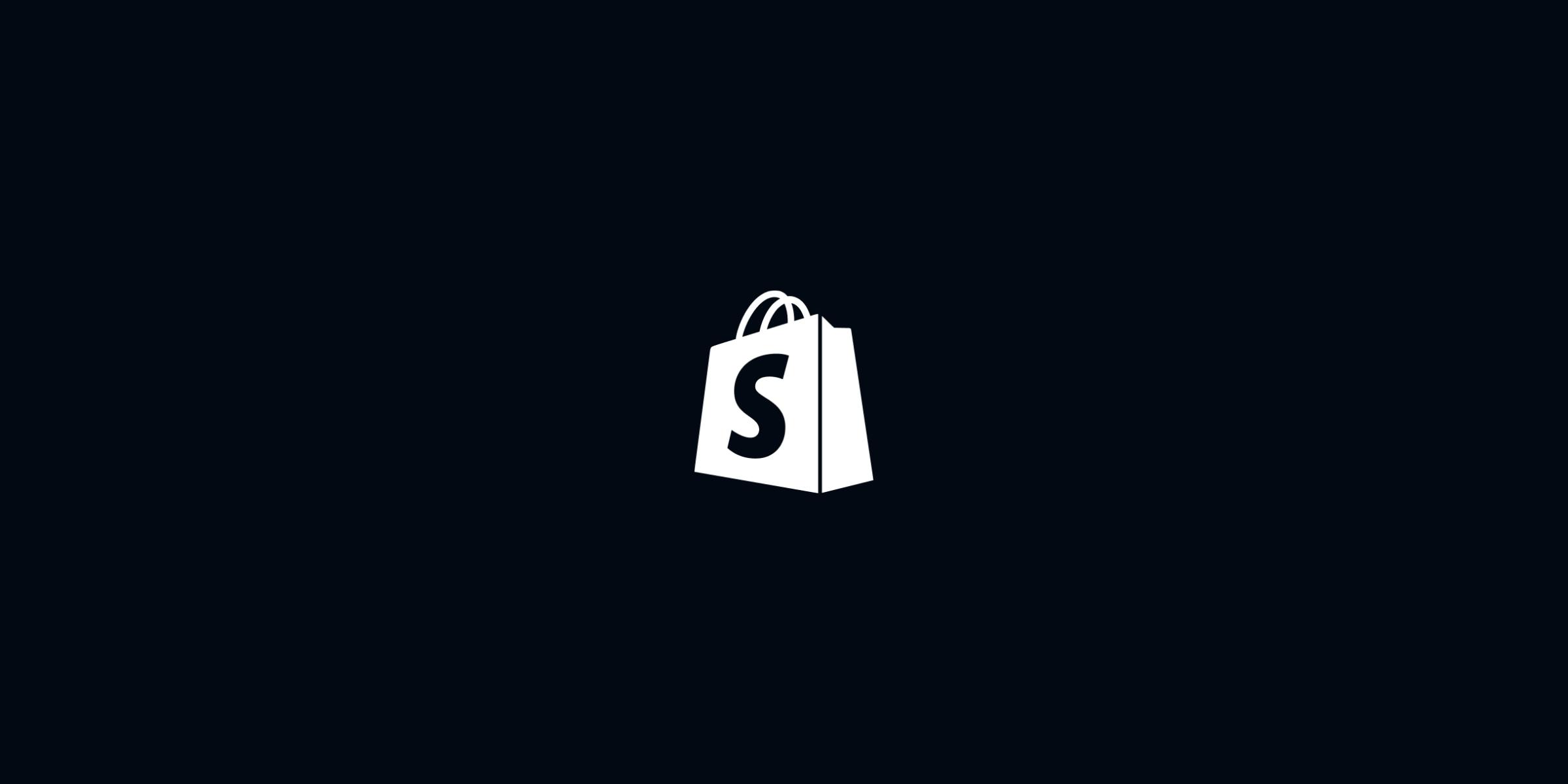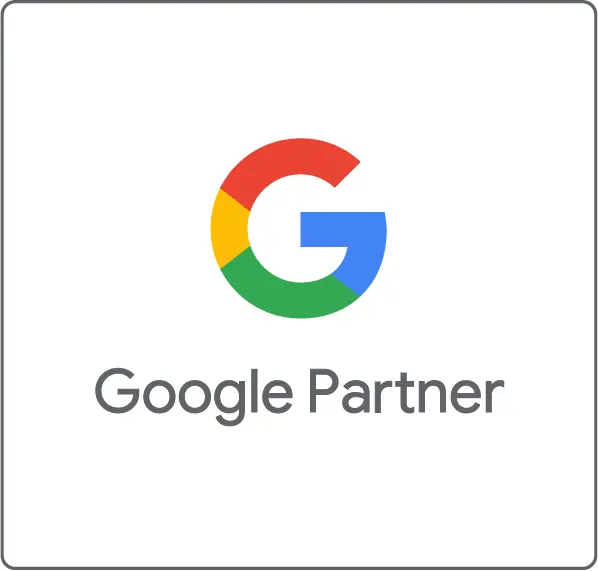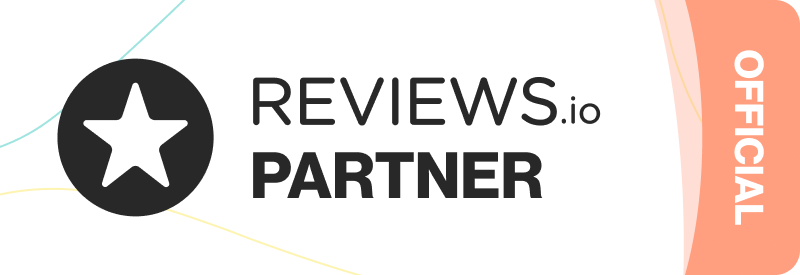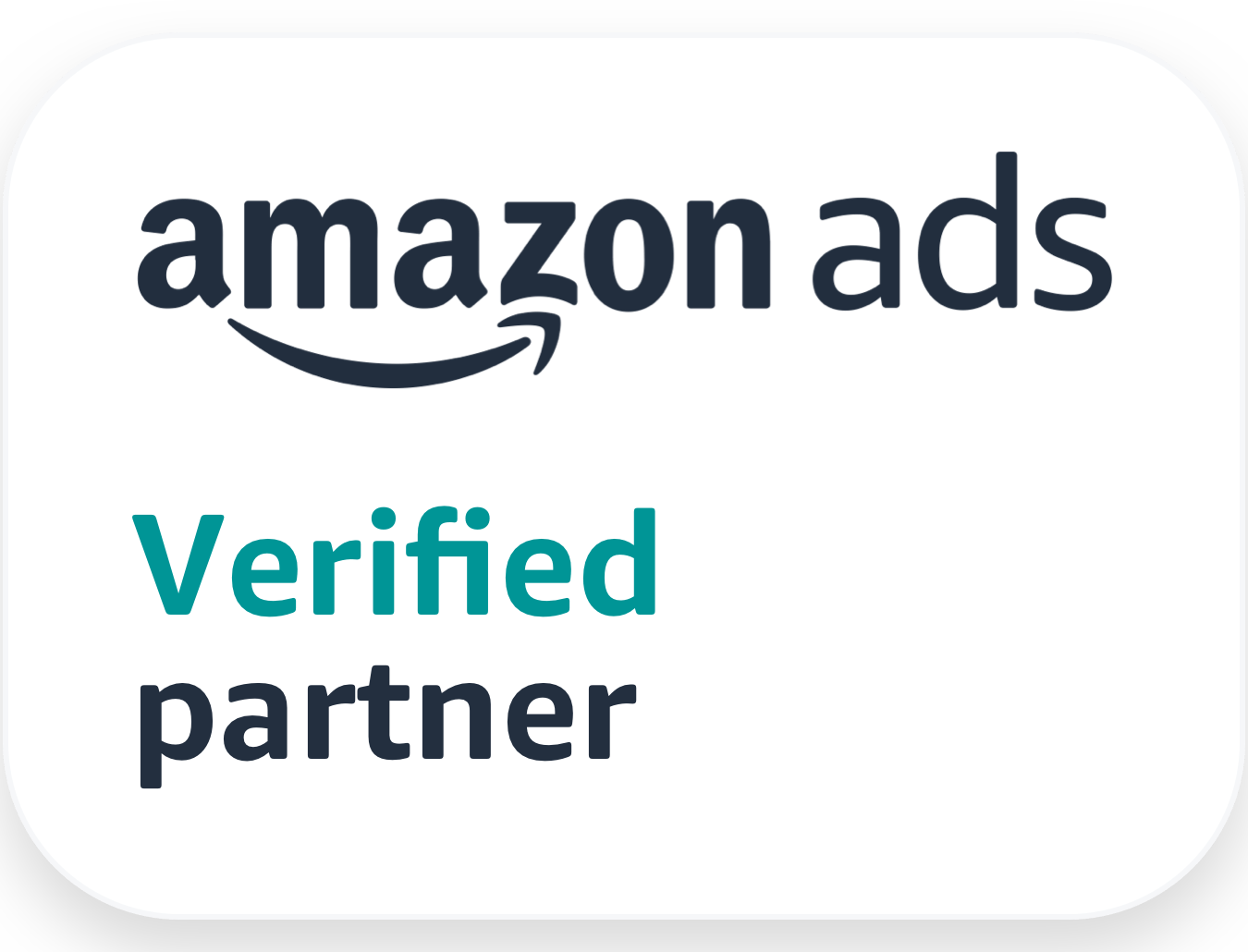Shopify’s New B2B Functionality: Everything You Need to Know

Update March 2024: Shopify's Winter Editions '24 strengthens their B2B offering with custom pricing, dedicated themes, and more.
Shopify has announced a suite of new features aimed at helping businesses sell to other businesses.
It’s likely that the looming threat from more established B2B options like Amazon, and the strength of competitors like BigCommerce, have prompted this major move from Shopify.
Shopify has cemented itself as a great choice in B2C, with some big client wins on the Shopify Plus platform, and they’ll hope to replicate some of that success in B2B with these new off-the-shelf features.
As always though, there are some restrictions with how these new features work with some core Shopify functionality.
In this post, we’ll introduce you to Shopify’s new B2B functionality and take a close look at what you can expect from it (the good and the bad).
Why introduce these new B2B Shopify features?
After riding a bumper wave of new business and investment through the pandemic, Shopify has seen a significant drop in share price more recently, back close to pre-pandemic levels.
Platform competitors like BigCommerce are typically seen as more “B2B-friendly” straight out of the box. Amazon poses a significant threat through its highly touted Fulfillment by Amazon (FBA) service.
Shopify needed a way to react, and they’re hoping that these new features can pull them firmly into the B2B conversation and use that momentum to climb back to the heady heights of the stock market.
Here are our 5 stand-out features that Shopify’s new B2B functionality provides:
1. B2B Customer Portal
The new B2B Customer Portal is one of the most significant new Shopify features. B2B customers can now authenticate themselves to access a dedicated B2B customer area.
Here users can manage their account, view and filter their order history, access wholesale information, select the location they’re buying for, edit buyer details and more.
2. Company Profiles
Another key new feature in this release is the Company Profile. Company Profiles represent business-to-business customers and include catalogues, price lists, payment terms, assigned contact permissions and tax exemptions.
More than one contact or location can be assigned to a single company profile.
3. B2B-specific Price Lists
Shopify B2B users can now set customer-specific price lists or discounted prices for all products and variants, while price lists can be assigned to a company profile without the need for a tag or third-party app.
4. Bespoke Payment Terms
Shopify B2B vendors can now automate the process of assigning payment terms to orders or drafts within the admin. On a Company Profile, it’s possible to assign payment terms, track orders, sort them, and collect payments as soon as they become due.
5. B2B-specific Checkout
Of course, with all this new functionality, it’s imperative that customers can view their unique payment terms, payment methods and bulk discounts at the time of purchase within the checkout.
Blended Store vs Dedicated Store: a key consideration
The complications arise when it’s time to consider the operational set up of your new B2B Shopify store.
Some customers will be happy to stand up a dedicated B2B store. This is what Shopify refers to as a Dedicated store.
However, many businesses will undoubtedly prefer to roll B2B functionality into their existing store in an approach that Shopify calls a ‘Blended’ store. The ‘Blended’ store approach gives B2B buyers a log-in to access bulk price lists, payment terms, and other B2B-specific functionality.
It’s important to acknowledge that (at time of launch) there are some restrictions in the way that functionality is applied based on whether you choose a Dedicated or Blended store set up.
Let’s dig into those restrictions further.
1. Discount Codes
By default, in a blended store, B2B customers won’t be able to use discount codes. Activating discount codes will mean that both B2B and B2C customers can use the same codes.
2. Gift Cards
Similarly, as standard, B2B customers won’t be able to use gift cards. Activating them will enable both B2B and B2C customers to use gift cards.
3. Shopify Scripts
It’s a similar story with regards Shopify Scripts which affect line item discounts. If you choose to activate Scripts, then both B2B and B2C customers will be impacted.
4. Store Experience
With both types of customer sharing the same store experience, any changes made to your theme or navigation using the theme editor will apply across the board. That said, certain changes can be made to your theme for B2B customers by editing the customer.b2b liquid variable.
5. Missing Analytics Information
Most analytics platforms will combine results from both types of customer as standard, so you may only be able to use sales reports to differentiate between B2B or B2C customer types.
6. Notifications, Inventory and Shipping
Notifications and abandoned cart emails, inventory systems, “selling when out of stock” settings, and shipping settings and rates are the same for both B2B and B2C customer types.
7. Shopify Plus Only
Shopify’s B2B functionality is only available to Shopify Plus customers. So whichever B2B store-type you decide on, you’ll need a Shopify Plus account to even get started.
Clearly, despite this powerful new functionality being added, there are still some limitations, particularly with Shopify’s ‘Blended’ store setup (where you want to run the one store for both types of customer).
Choosing the right direction for your business will require careful consideration and the right choice will depend on your business’s ecommerce needs. Learn more about Shopify’s new B2B features in their detailed documentation.
When will Shopify’s B2B features be available?
B2B will be available to all stores on the Shopify Plus plan from June 27, 2022.
Need help with your Shopify or Shopify Plus store? Our ecommerce website development services and support packages have helped thousands of clients make the right changes to their ecommerce setup.






